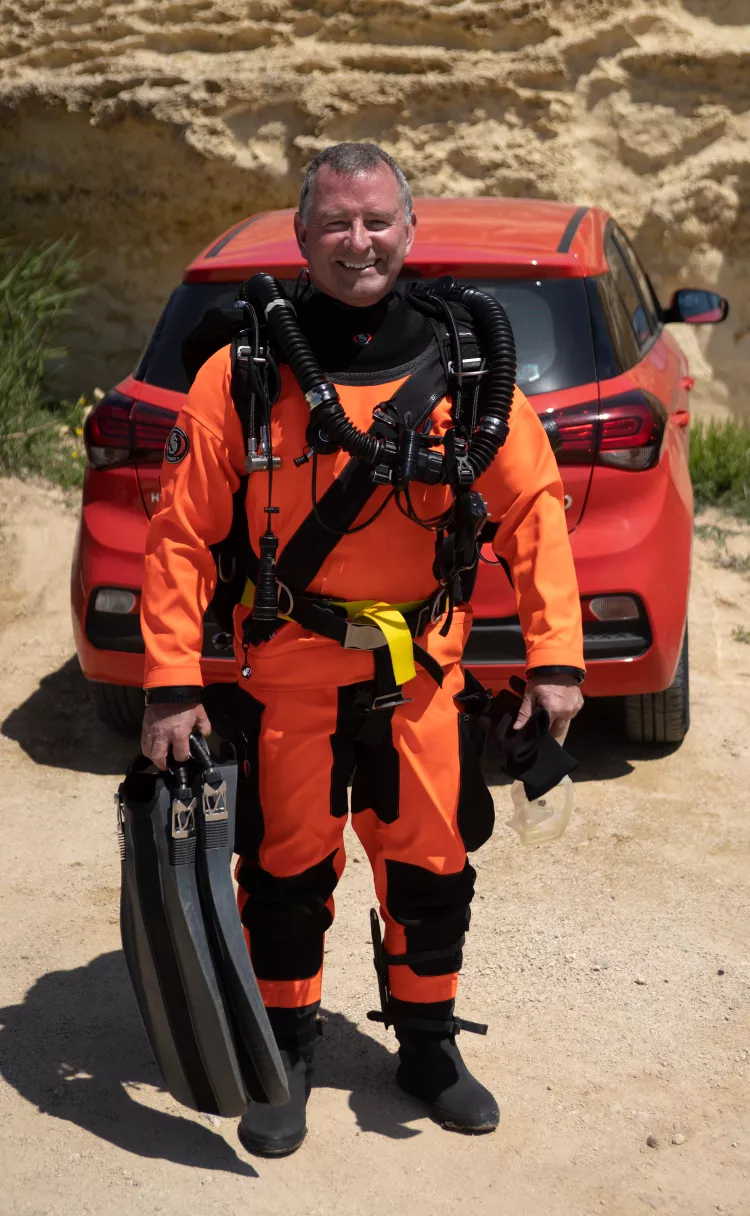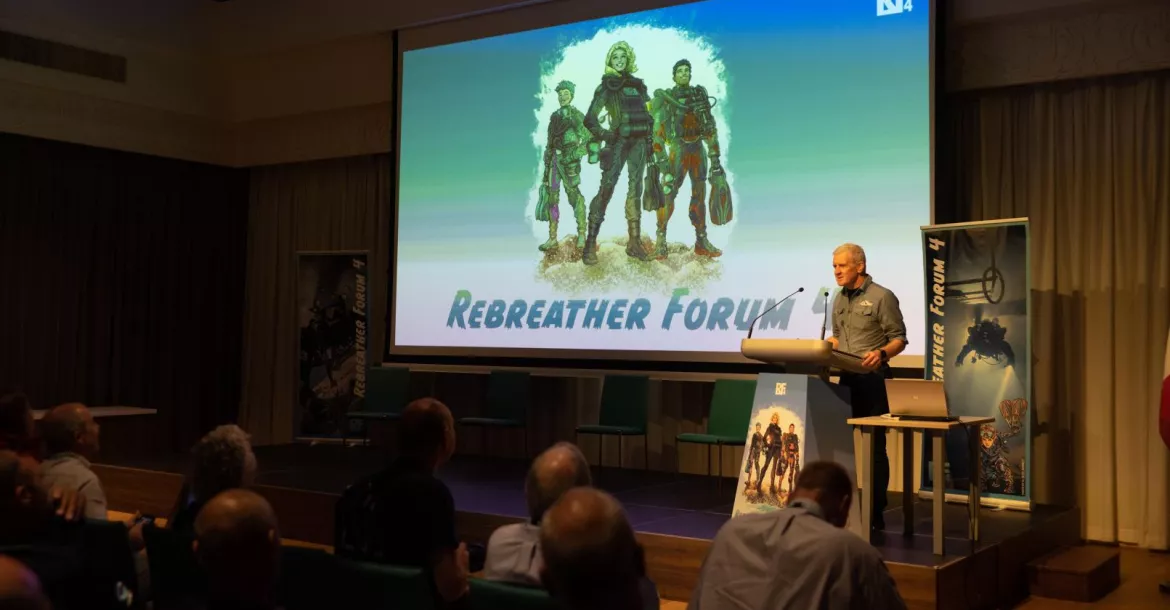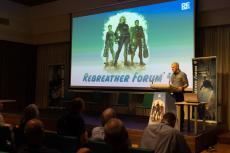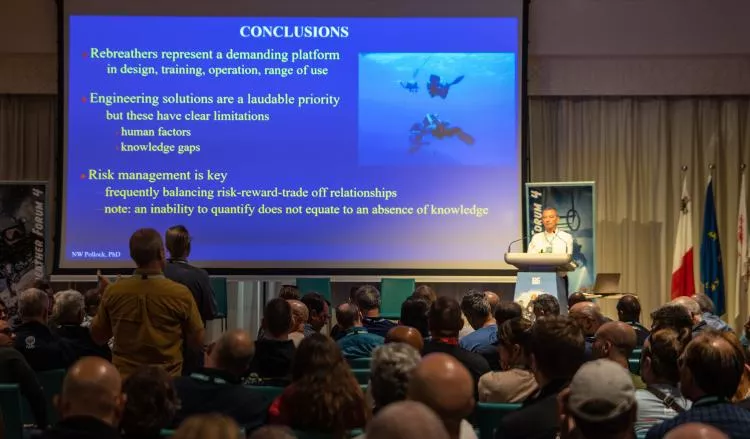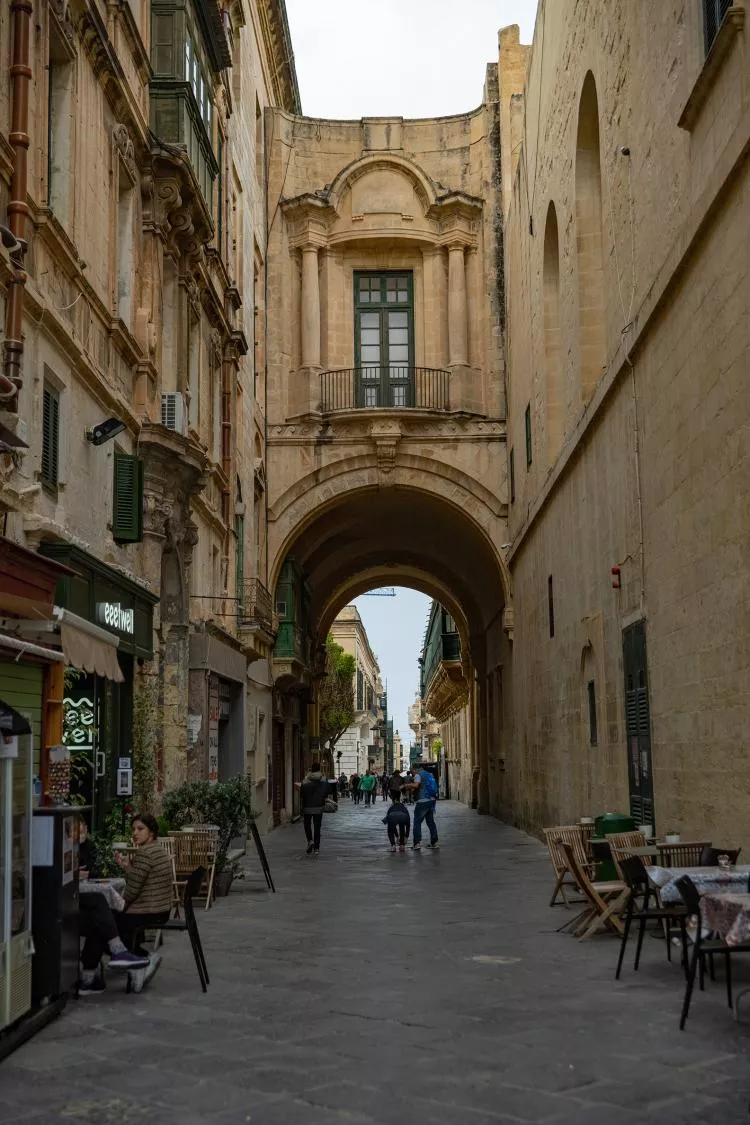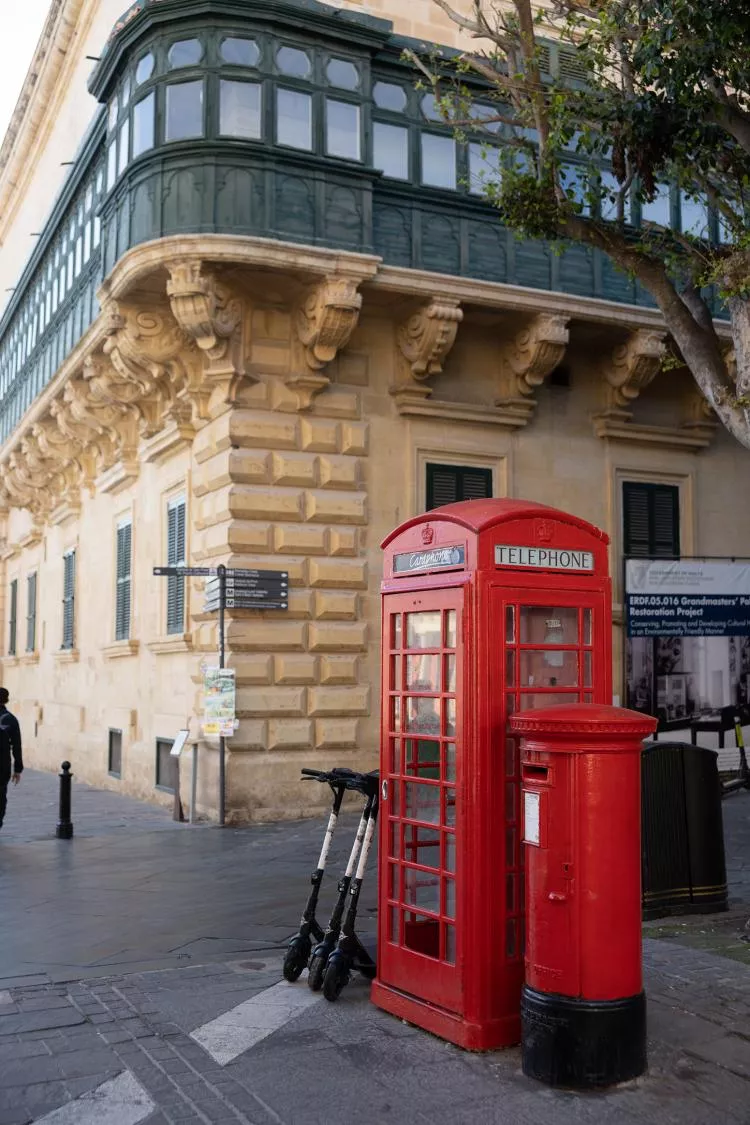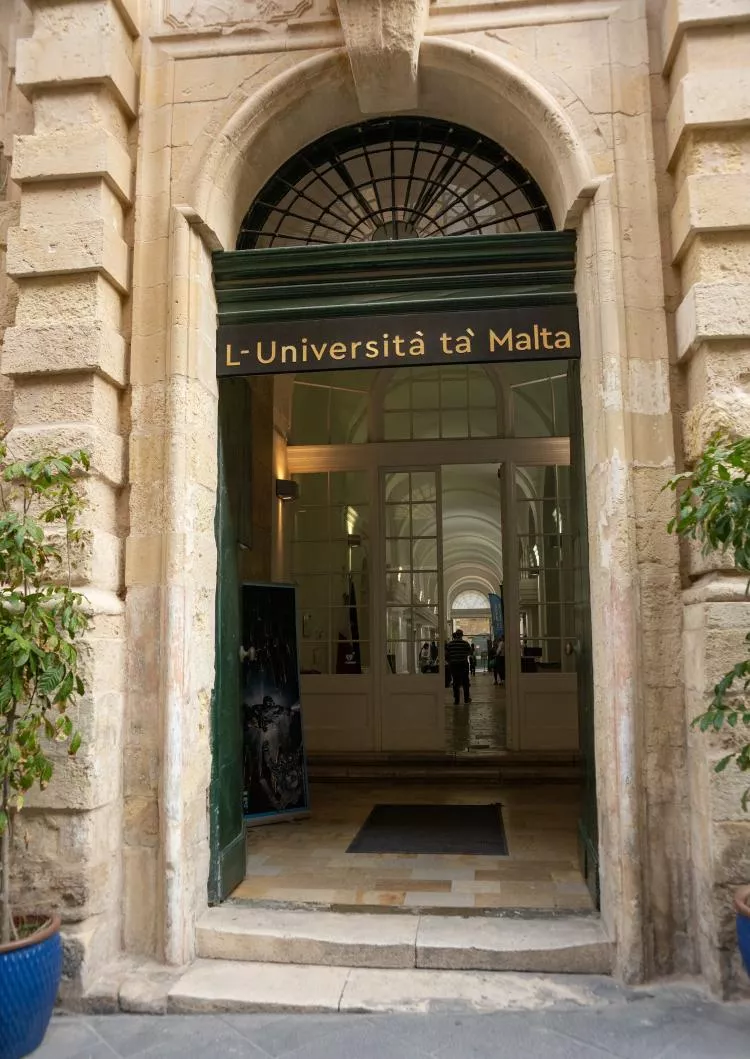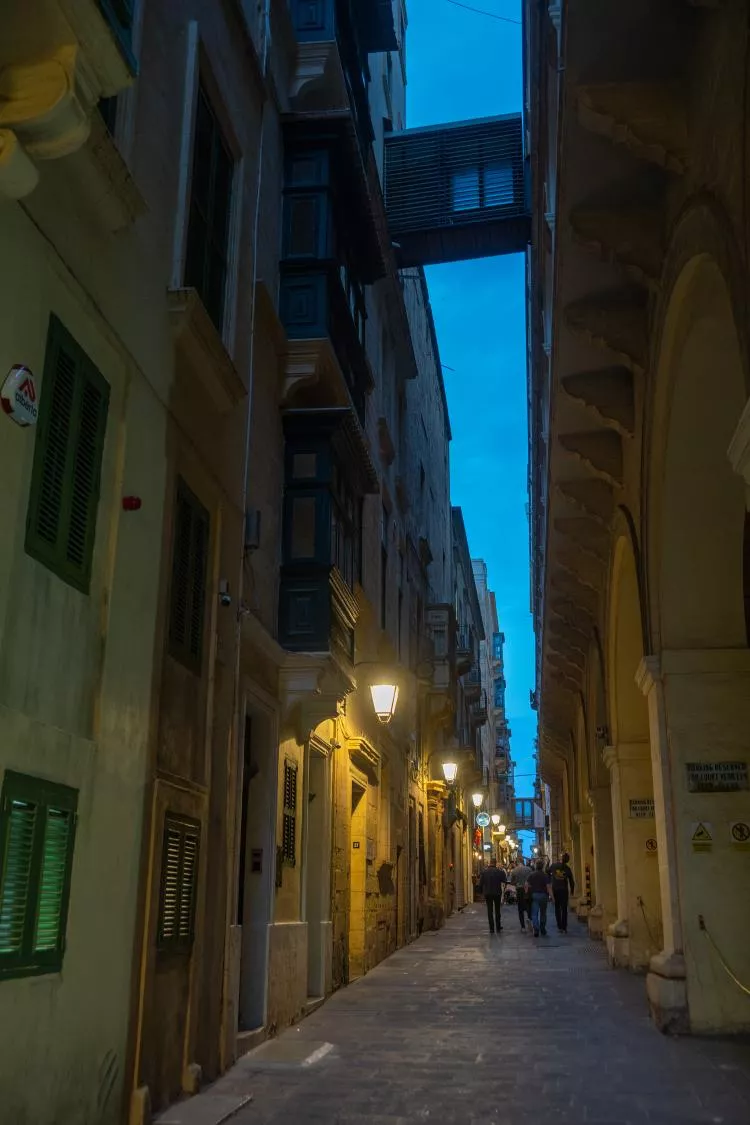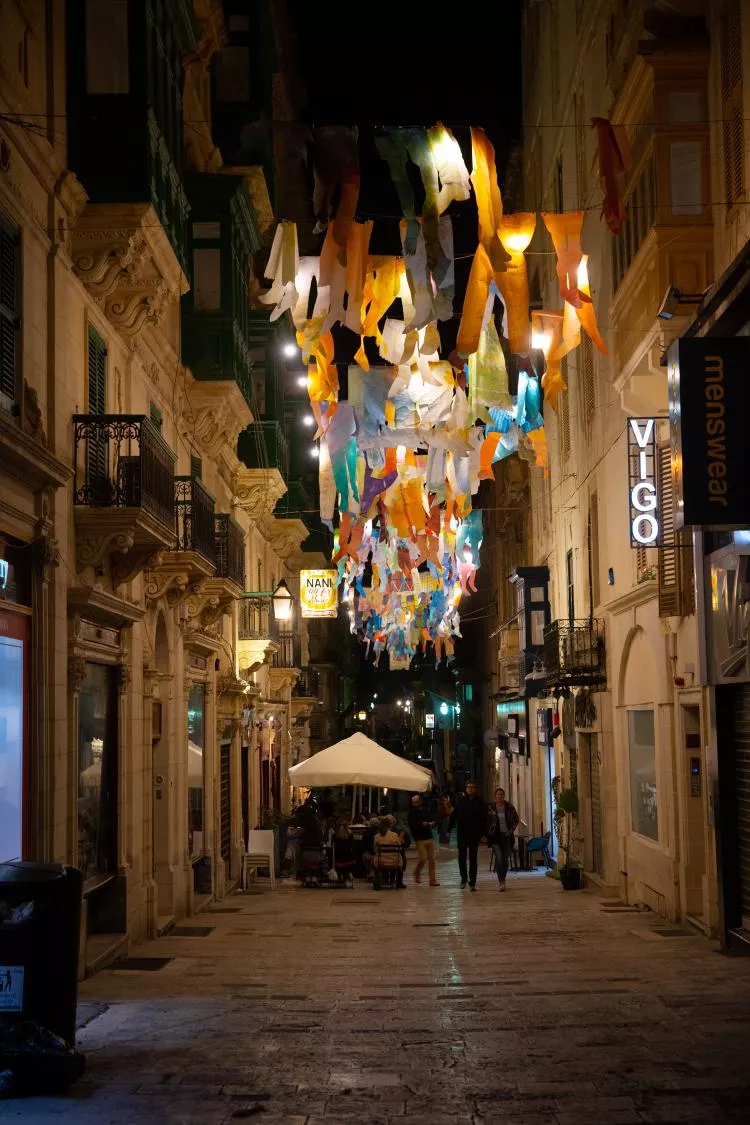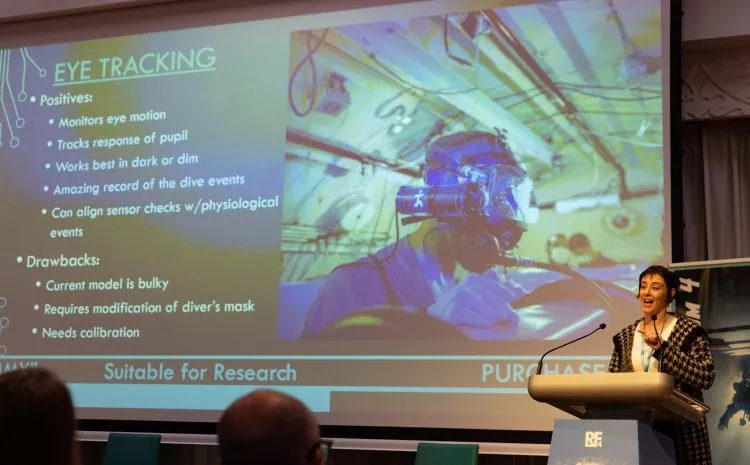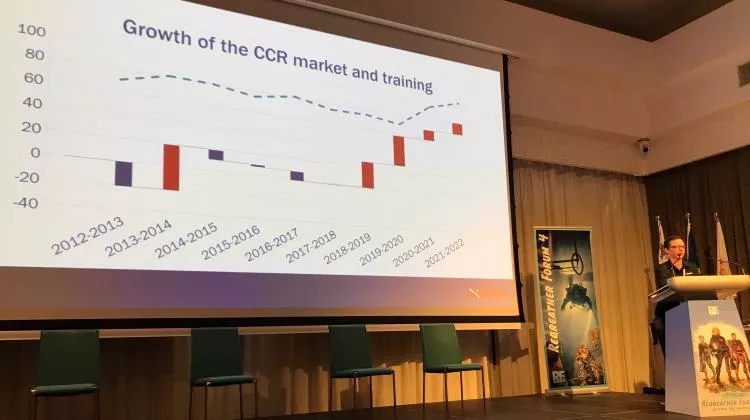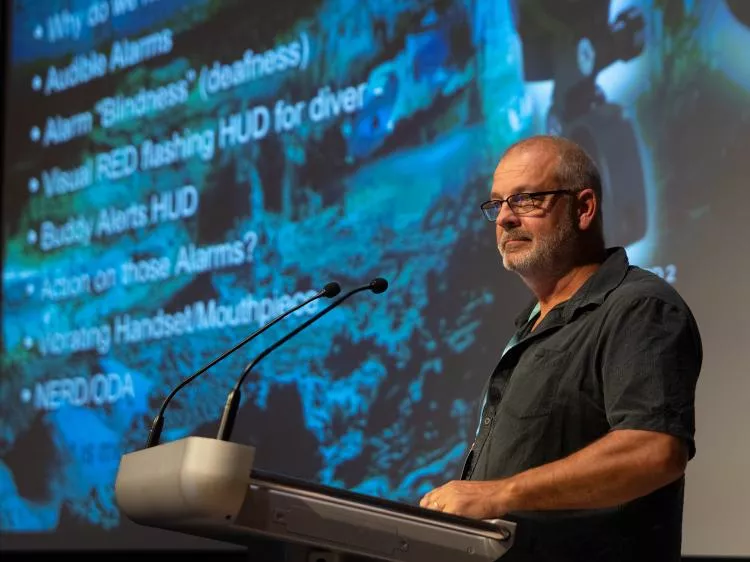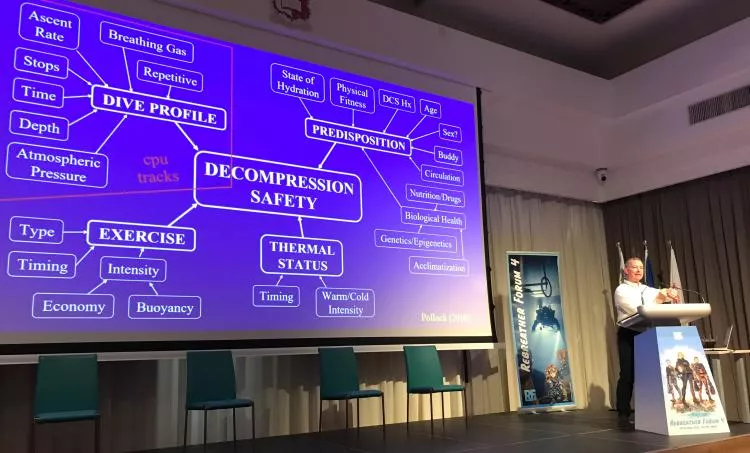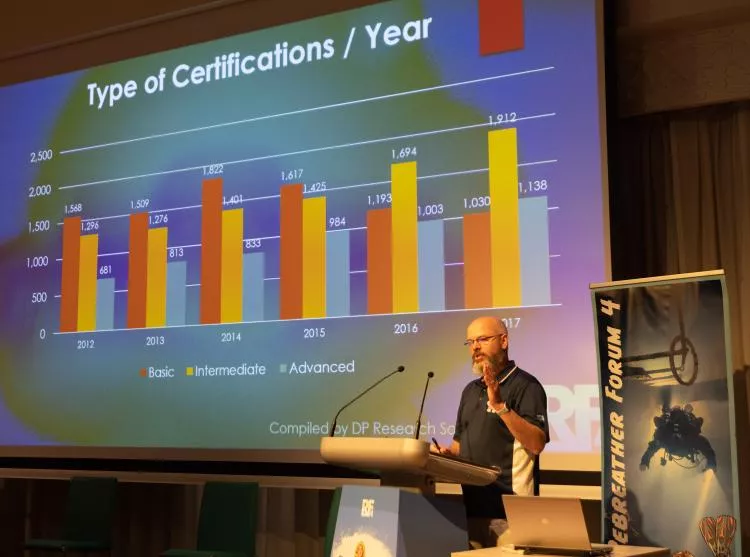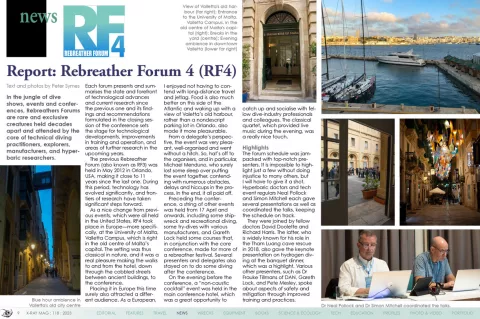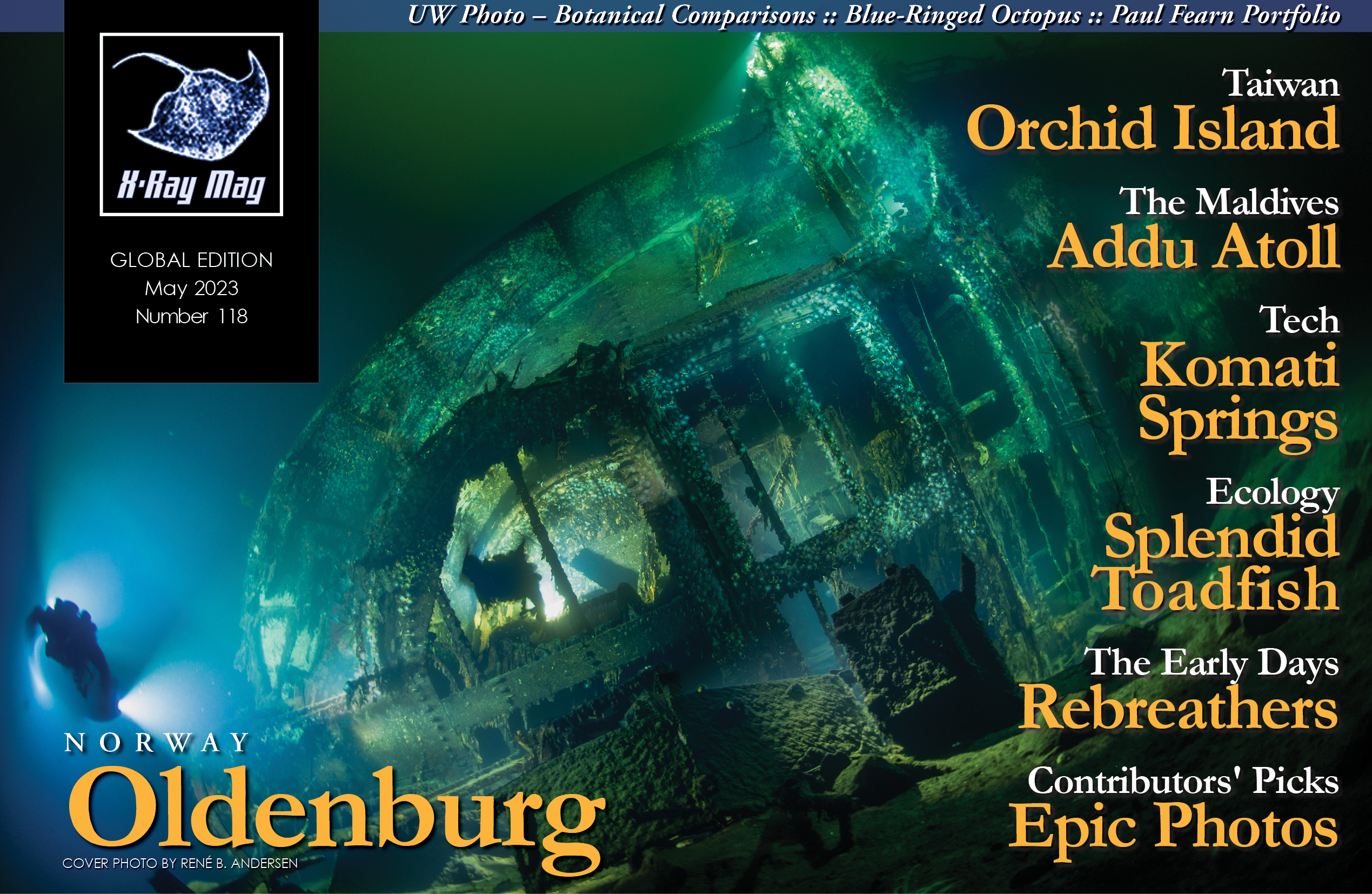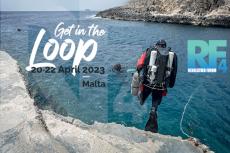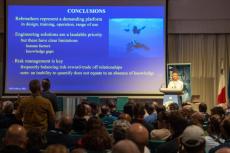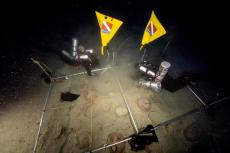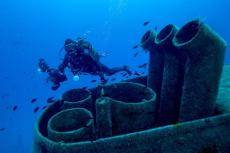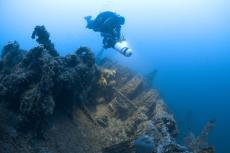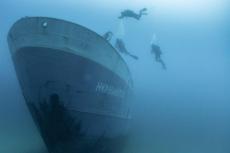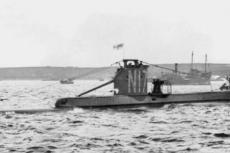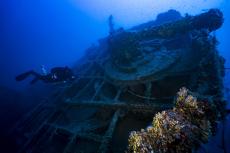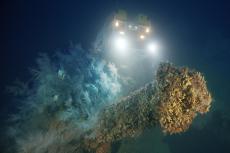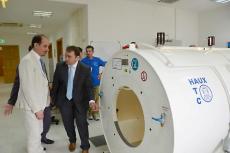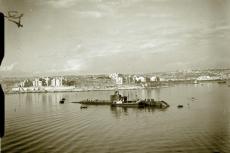Rebreather Forum 4 was held on Malta on 20-22 April 2023 in University of Malta's old campus in downtown Valletta. The event was attended by prominent dive industry entrepreneurs and manufacturers and hyperbaric researchers, many of which presented the latest findings in their fields.
Contributed by
In the jungle of dive shows, events and conferences, Rebreathers Forums are rare and exclusive creatures held decades apart and attended by the core of technical diving practitioners, explorers, manufacturers and hyperbaric researchers.
Each forum presents and summarises the state and forefront of technological advances and current research since the previous one and its findings and recommendations formulated in the closing session of the conference sets the stage for technological developments, improvements in training and operation, and areas of further research in the upcoming years.
The previous Rebreather Forum (also known as RF3) was held in May 2012 in Orlando, USA, making it close to 11 years since the last one. During this period, technology has evolved significantly, and frontiers of research have taken significant steps forward.
As a nice change from previous events, which were all held in the United States, RF4 took place in Europe—more specifically, at the University of Malta, Valletta Campus, which is right in the old centre of Malta’s capital. The setting was thus classical in nature, and it was a real pleasure making the walks to and from the hotel, down through the cobbled streets between ancient buildings, to the conference.
Placing it in Europe this time surely also attracted a different audience. As a European, I enjoyed not having to contend with long-distance travel and jetlag. Food is also much better on this side of the Atlantic and waking up with a view of Valetta’s old harbour, rather than a nondescript parking lot in Orlando, also made it more pleasurable.
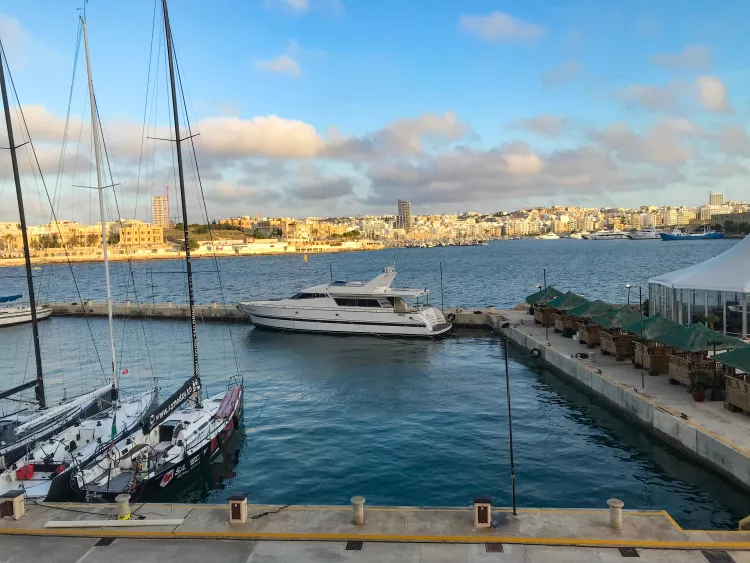
From a delegate’s perspective, the event was very pleasant, well-organised and went without a hitch. So, hat’s off to the organisers, and in particular, Michael Menduno, who surely lost some sleep over putting the event together, contending with numerous obstacles, delays and hiccups in the process. In the end, it all paid off.
Preceding the conference, a string of other events was held from 17 April and onwards, including some shipwreck and recreational diving, some try-dives with various manufacturers, and Gareth Lock held some courses that, in conjunction with the core conference, made for more of a rebreather festival. Several presenters and delegates also stayed on to do some diving after the conference.
On the evening before the conference, a “non-caustic cocktail” event was held in the main conference hotel, which was a great opportunity to catch up and socialise with fellow dive-industry professionals and colleagues. The classical quartet, which provided live music during the evening, was a really nice touch.
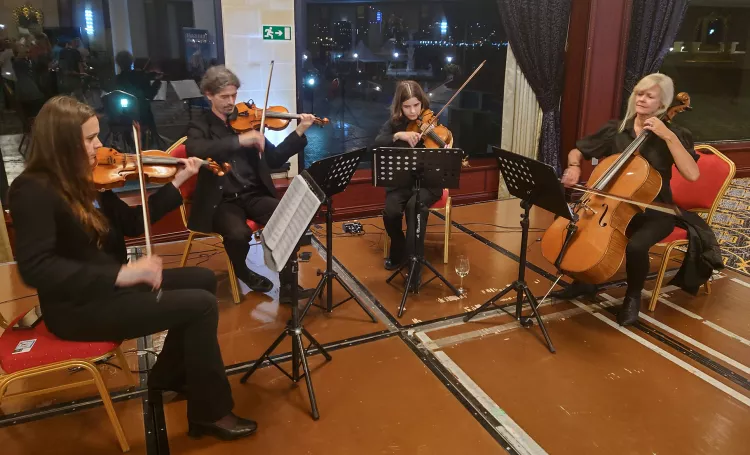
Highlights
The forum schedule was jampacked with top-notch presenters. It is impossible to highlight just a few without doing injustice to many others, but I will have to give it a shot. Hyperbaric doctors and tech event regulars Neal Pollock and Simon Mitchell each gave several presentations as well as coordinated the talks, keeping the schedule on track.
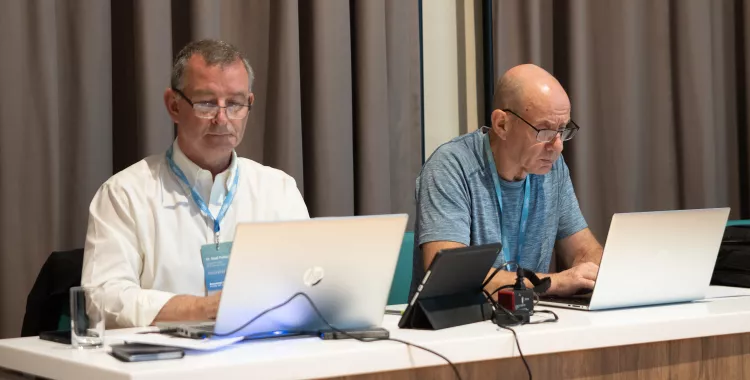
They were joined by fellow doctors David Doolette and Richard Harris. The latter, who is widely known for his role in the Tham Luang cave rescue in 2018, also gave the keynote presentation on hydrogen diving at the banquet dinner, which was a highlight.
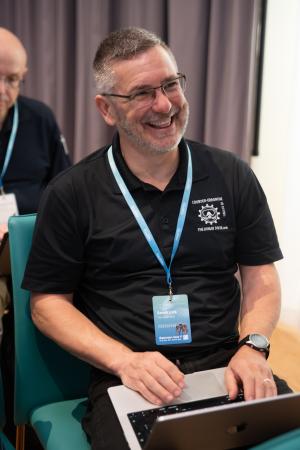
Various other presenters, such as Dr Frauke Tillmans of DAN, Gareth Lock, and Pete Mesley, spoke about aspects of safety and mitigation through improved training and practices.
CO2 monitoring or sensing, and advances in measuring technologies were touched on by several presenters, making it one of the main topics of the conference. Advances have been made towards practical sensors that can be outfitted on rebreathers, but the technology is not fully matured for commercialisation just yet.
Probably the most exciting and tantalising presentation of the conference was given by Dr Rachel Lance of Duke University, who spoke about the “Near future of physiological monitoring.”
She gave an overview of no less than six emerging technologies, which can monitor our physiological state and response in relation to diving and decompression stress.
How about detecting respiratory distress via the sounds of breathing, using a machine-learning algorithm? Or by tracking eye movements? Or measuring certain brain activity, using near-infrared spectroscopy? It felt as if we were witnessing the transition from science fiction to reality.
By comparison, pulse oximetry, which is commonly known for its use in hospitals where you get this little clip on your finger to measure blood oxygenation levels, seems almost down to earth, but miniaturising and “ruggedising” it for diving requires some further technological developments. Pulse oximetry can independently detect hypoxia in a rebreather diver.
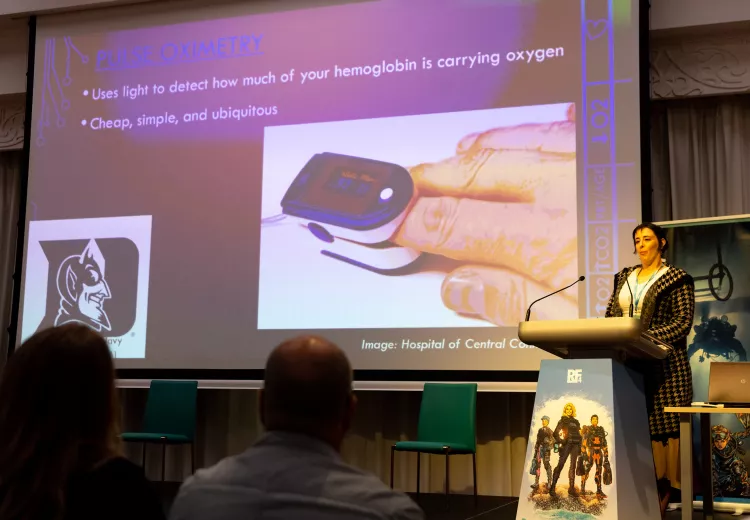
The next topic was the use of Doppler ultrasound for imaging of microbubbles in real-time and a new decompression procedure validation to minimize decompression sickness risk. Venous gas emboli (VGE) are common after diving and are usually only present in small numbers. Greater VGE numbers are an indication of decompression stress, which can be reliably detected using ultrasound imaging. A technology known as CMUT (Capacitive Micromachined Ultrasonic Transducers) makes possible the real-time control of decompression procedures, by using a small wearable device.
The last afternoon of the conference was dedicated to the consensus list discussion and concluding remarks, which will result in the forum’s consensus statements, which will be published at a later date. The statements will cover themes identified from presentations or topics mentioned by presenters, which will be compiled to reflect a consensus of participants. Statements will be subdivided into the following main areas: Education and Training, Engineering, Operational Matters, Safety and Research.
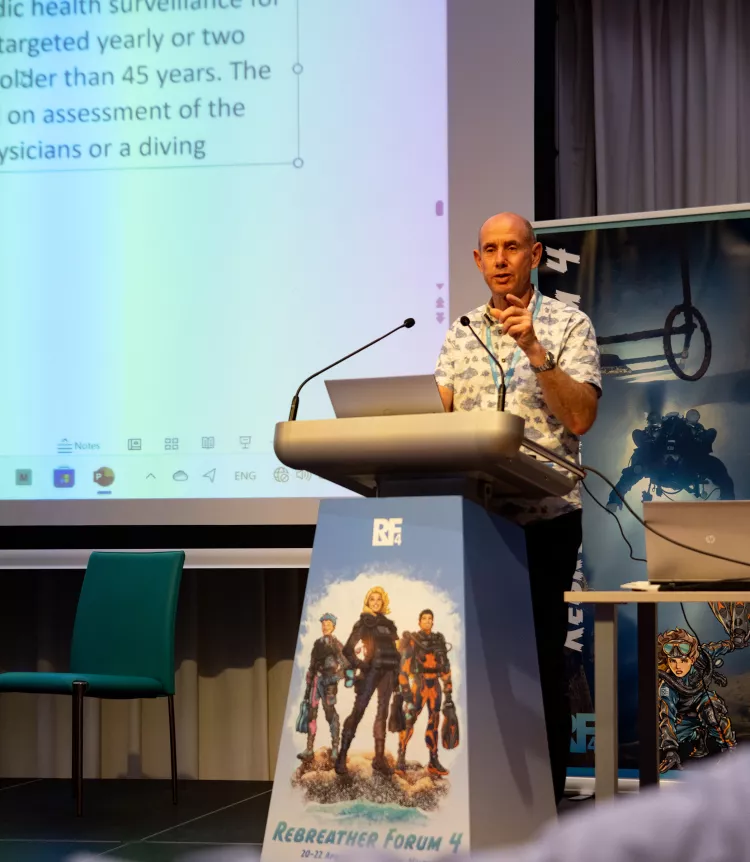
Some select recommendations
Among the forum’s recommendations was the use of a pre-dive checklist administered just prior to diving and the use of retaining straps to avoid loss of mouthpiece in the event of loss of unconsciousness underwater. The forum also recommended that manufacturers consider incorporating sensor replacement warnings in rebreather operating systems and gas density displays or alarms in the rebreather interface. Moreover, the forum recommended the display of safety-critical information, such as loop oxygen status on a heads-up display (HUD).
Furthermore, regarding equipment, the forum recognised the advantage of a bail-out valve for transitioning from closed to open circuit in the event of a bailout being required. This advantage requires a high-performance open-circuit breathing system.
Other recommendations were made regarding health checks, dive planning, emergency planning in remote locations, in-water recompression, and collection and analysis of rebreather incident data.
What is mentioned here is by no means exhaustive, as we can't and shouldn't preempt the redaction of the full list of findings, recommendations and observations which will be published in the upcoming proceedings.
Thanks go to the organisers for a well-executed, informative and pleasant event, and to all the sponsors for making it possible.
